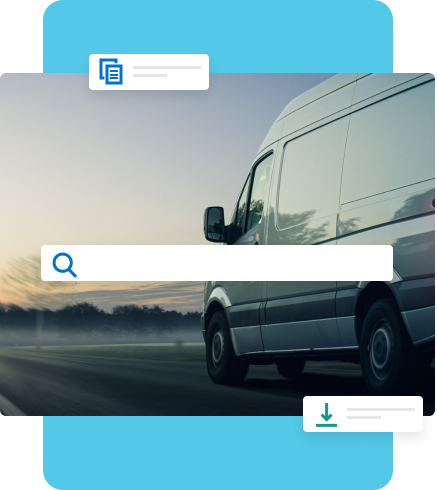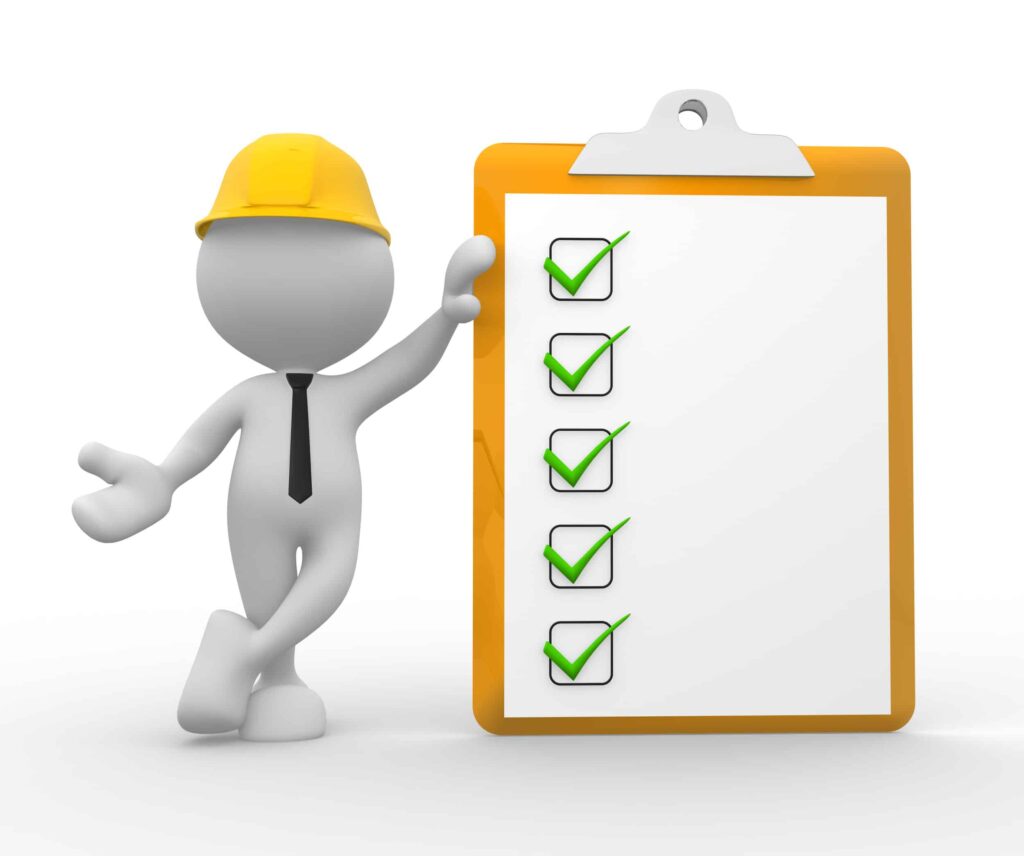“A field service event is often the only face-to-face interaction your customer will have with your brand.”
This phrase is a rallying cry across the industry. Field service leaders understand the importance of leveraging their teams to deliver superior customer satisfaction. Forward-thinking CX and customer care leaders are also keenly aware of the critical opportunity that consumer-facing and B2B field teams represent to boost CSAT or NPS.
The Tricky Thing About Field Service CX
Despite good intentions, the nature of field service is that it’s fundamentally an operations discipline. Efforts to boost field service customer experience (CX) must be easy to implement and cannot detract from operational goals like safety, on-time arrival, daily completion rates and first-time fix rates. In fact, a good CX initiative should also reduce costs by improving operational effectiveness, eliminating confusion and inbound customer inquiries thanks to better transparency.
Moreover, because field service is a mission-critical piece of the service delivery chain, downtime must be absolutely avoided. Something that provides a CX lift fast, and with minimal disruption to current systems and processes, is not just ideal, but essential. These challenges make it difficult to initiate, let alone prioritize, customer experience initiatives within field operations.
The question remains: “Where should I begin if I want to leverage my field service organization to improve overall customer satisfaction, and how can I make the largest immediate impact?”
Where to Start
You may be considering a major field service management (FSM) transformation involving software and process changes. Initiatives like this have proven benefits, but can be time-consuming, expensive and disruptive.
Or you could inject cutting-edge technologies into your field service operations. The addition of video chat or cutting-edge AR capabilities for field service agents and customers can deliver impactful visual collaboration that improves first-time-fix (FTF) rates and mean-time-to-resolution (MTTR) while satisfying customers as a convenient, modern digital engagement. Chatbots are gaining popularity among customers who prefer fast and frictionless experiences for simple questions and transactions, and they might be a good fit to provide straightforward updates on field services. These technologies are promising, but still face hurdles when it comes to practical integration and implementation.
A More Direct Approach to Boost CX in the Field
There is a single, simple strategy that can empower you to engage field service customers visually, update them effortlessly and improve operational effectiveness and field visibility.
Use location data to make the last mile of customer engagement interactive, to include proactive notifications, real-time technician tracking, tools to reschedule, personalized offers and instant feedback capture.
With a bit of upfront planning, you can find opportunities to create points of visibility along the complete field service journey—from the time an appointment is booked, purchase is made or machine sends a call for help, all the way through customer feedback.
It sounds easy. However, many field service organizations haven’t event considered using location sharing and tracking experiences to create customer-facing visibility. That’s because previous attempts to track technicians weren’t designed with the end customer in mind, but rather with the intent of improving safety and compliance. Thinking traditionally about field service location intelligence and how to execute it for operational efficiencies and measurement can prevent us from seeing how it can be used as a powerful customer engagement tool.
Location sharing in the context of field service operations is nothing new. In fact, a 2007 report by Aberdeen Group, The Impact of Location on Field Service, urged that in order to achieve best-in-class performance, companies must, “Develop metrics and systems to integrate location intelligence data and track service performance.”
Yet the historic approach has been to predict an accurate service window, make incremental improvements to meet that window more often and hope the customer would have enough faith in that prediction to wait. Back in 2007, the same Aberdeen report designated best-in-class by measuring the percentage of time a technician arrives within the specified window (84 percent on time arrival earned top marks).
The problem with that approach is that it hinges operational success on the customer’s threshold for uncertainty—and customer service success on the ability to perfectly predict a moment in time. This is a tough sell today, when ride hailing apps have established the ubiquitous expectation for instant, complete and precise knowledge (despite ever-changing field conditions)
about an impending service or delivery. Why not just show a customer what they need to know about a field service event, in real-time as it continues to evolve, so they can plan their day accordingly?
Field Service CX Checklist
To help you understand where you can have the biggest impact on CX with location-sharing, Glympse has developed a planning checklist centered around five key questions. Consider these items as you develop requirements for your field service customer engagement initiative to help you design a seamless, thorough customer journey for any type of field service interaction.
Who?
Start by identifying Who? needs visibility regarding the status of an appointment. This will help you identify critical endpoints for shared location experiences throughout the field service journey.
Think about Who? typically asks or answers questions about the status of an appointment or delivery:
- End customers
- Dispatchers
- Field service employees
- Customer care representatives
Next, consider the WHO questions customers might have:
- Who is coming to help them – who is the person they should expect to see (name, description, photo) at their home or business?
- Is there a chance the assigned person will change?
- Who should the customer contact with questions, to update preferences or to request a change to a pending field service event?
What?
Examine this question from the perspective of each stakeholder you’ve identified previously. Some key What? Questions various personas will want insight on: □ What specifically has the technician been assigned to do, and how does the end customer see this information?
- What qualifications does a field service representative have to complete the task at hand? How is this information leveraged to instill customer confidence?
- What should happen if the customer notices the official, assigned task is inconsistent with the service requested?
- What’s the delivery mechanism (or service channel) through which field service or delivery details, estimated time of arrival, status updates and real-time location data will be communicated to end customers?
- What other internal technology systems and platforms need access to shared location experience data (so representatives can address questions)?
- What does the shared location experience look like for customers? What elements (various ETA checkpoints, arrival status and feedback capture) does it include?
- What actions must a technician take for successful enterprise location sharing?
When?
This is the penultimate question in field service customer experience – and a major component of successfully leveraging location intelligence. The main thing your customer will want to know, and which all other stakeholders should be empowered to answer, is: When will the field service representative arrive?
But this question can lead to a more robust service experience, if you think beyond the traditional service window:
- When will you first let a customer know their appointment has been booked?
- When (how far in advance) will you remind them of a pending appointment?
- When will they expect (and when is it reasonable) to give them an estimated time of arrival (ETA) for a delivery or service event?
- When will the field service representative arrive?
Where?
The only question more important than When? is Where? For a customer to have confidence in an ETA, they need to see the representative’s current location in context of the pending appointment. This is the essence of shared location experiences.
Once again, there are some key nuances customers will want to know about, and which internal stakeholders will also benefit from:
- Where is the technician now?
- Where is he coming from?
- Where is he going (does he have the correct address and information about the appropriate entry point)?
- Where can a customer go to watch and track the progress of the technician as he gets closer to their location? Think beyond traditional web and mobile channels – is there a logical place to display your technician’s shared location as part of a connected home or vehicle? At a kiosk in a public space at a large facility or campus?
- Where can a customer care representative or field manager get a similar view?
- Where does a technician need to “go” to status and share his location?
Why?
Still unsure whether location-powered experiences for customers can actually improve CX? Consider shared location experiences for your field service CX strategy if you’re looking for:
- A fast and simple way to give your customers clarity and peace of mind leading up to a delivery or field service event
- Powerful, visual customer engagement experiences
- A platform for effortless and non-intrusive customer communication, that simultaneously provides transparency and insight
- Your CX strategy to also enhance operational effectiveness, by reducing inbound inquiries and missed appointments
- Better business insights regarding service and delivery performance
Leveraging your field organization to improve customer satisfaction is an important opportunity, but knowing where to start and what to prioritize is difficult. If you’ve used this checklist to determine where to include shared location experiences in your customer journey, next you’ll need to understand what technical capabilities you need and what solutions can help. Visit our platform to learn more, and see how other leading field service organizations have succeeded.




